As all songwriters know, the song is such a small form that every aspect of it is consequential. The choice of one word, for example, can be momentous, and change the entire tone of the song. The songwriter’s ongoing mission is to realize the song fully, with every piece, every section, every word, perfectly in place. A serious lover of song and songcraft always, the late great John Stewart was always finely tuned to the impact of each chosen word.
Videos by American Songwriter
He fell in love with folk music as a kid and started writing songs then and sending them to famous folk artists. Many got sent to Dave Guard, lead-singer of the legendary Kingston Trio, who eventually found two he loved, “Molly D.” and “Green Grasses,” which he recorded with the group. Though still in high school, Stewart suddenly became a professional songwriter. He eventually joined the group The Wanderers, and then The Kingston Trio itself, before becoming a solo artist. Many of his songs were recorded by other artists, and he also had a hit himself with his song “Gold.”
But his most famous song, by far, is “Daydream Believer,” a number one hit in 1967 for The Monkees, their last chart-topping hit in the U.S. It was also a country hit twelve years later for Anne Murray.
Stewart was both thrilled and dismayed by the unlikely success of the song, The thrill stemmed from the fact that this folkie with a guitar, following in the humble Woody Guthrie tradition of expressing both truth and poetry in songs, now had a major pop hit by the most pop of all pop bands, The Monkees. It made him a small fortune.
The dismay came from his realization that a key word was changed in the song, which forever shifted his intended tone, as he explained to me in this 1991 conversation about the song’s origins. We spoke at his Malibu home, where I went with my pal and John’s, the legendary photographer-musician Henry Diltz, who comments during the conversation.
Stewart, a gifted and prolific painter as well as musician, enlisted Henry after our talk to photograph many of his newest paintings.
JOHN STEWART: I remember writing “Daydream Believer” very clearly. For some reason I was writing songs all day, every day. It was part of a trilogy, a suburban trilogy. I remember going to be thinking, “What a wasted day — all I’ve done is daydream.” And from there I wrote the whole song.
I never thought it was one of my best songs. Not at all. And then when I heard The Monkees do it, I said, “My God ! The line was supposed to be, “You once thought of me as a white knight on his steed/now you know how funky life can be.” You know, after the wedding how things can get funky?
And then Davy [Jones] sings, “Now you know how happy life can be.” The record company wouldn’t let them say “funky.”
Within three months it was number one around the world. Then Anne Murray did it – then years later – another version.
Henry Diltz: And she is singing “happy” because she learned it from The Monkees.
JS: It is “happy.” It’ll always be “happy.”
I lived off the song totally for more than a year. And then Anne Murray recorded it and it came up again. It was just a song I wrote in a few minutes. I’ve written other songs like “Runaway Train” just as fast.
How do you do that?
JS: Clear your mind.
How do you do that?
Write early in the morning when you first wake up — take your guitar to bed – before the critical voice kicks in.
.


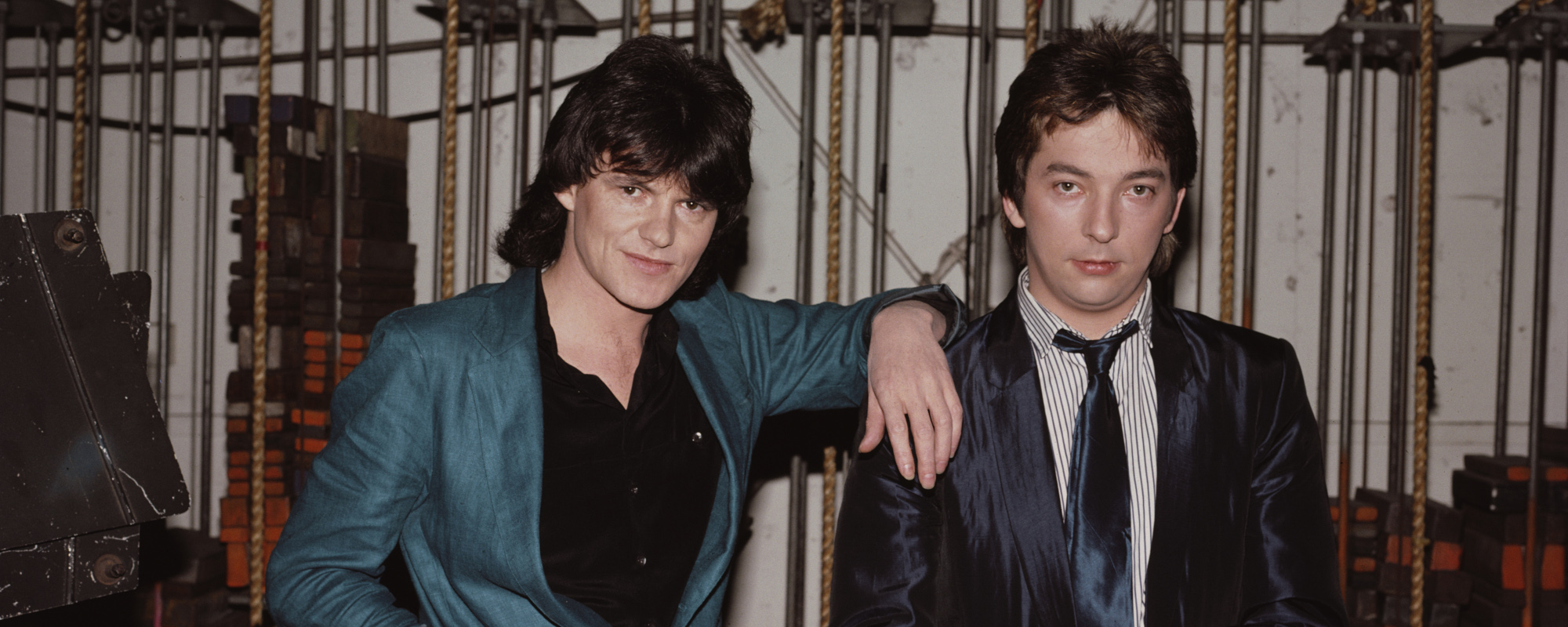
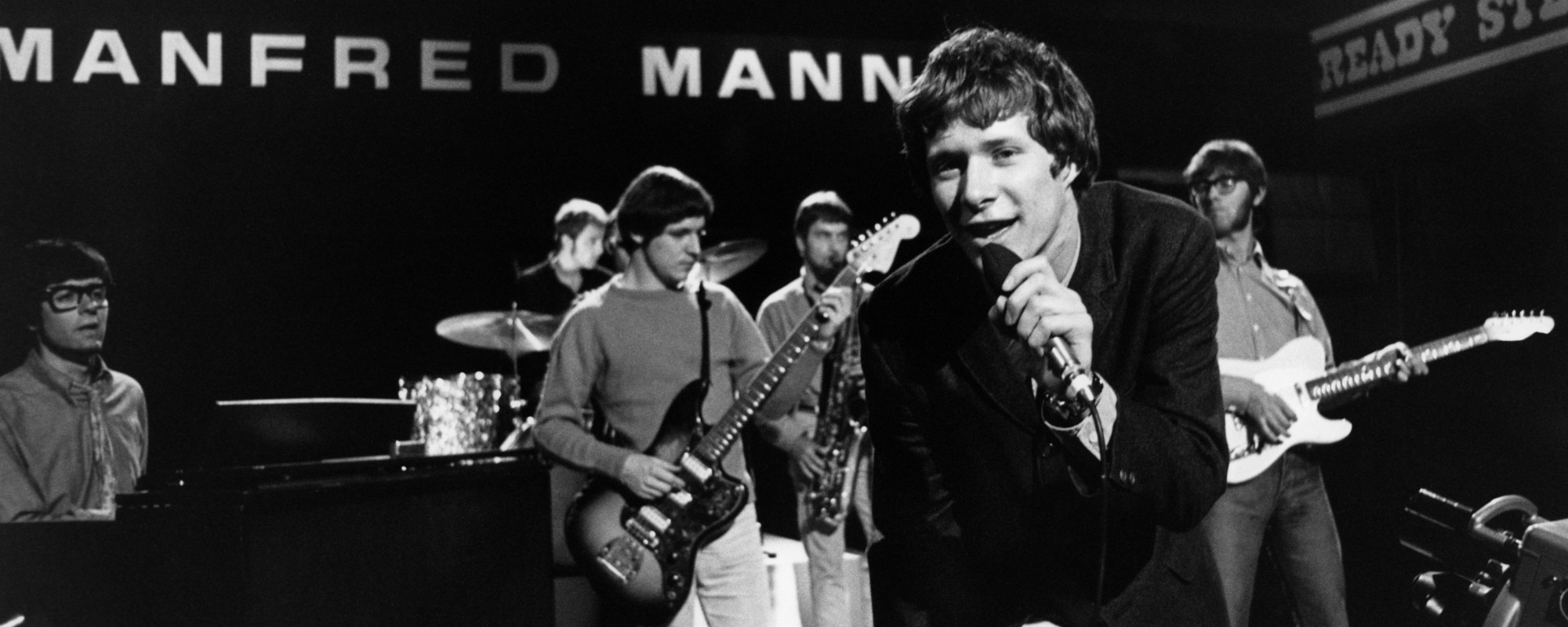
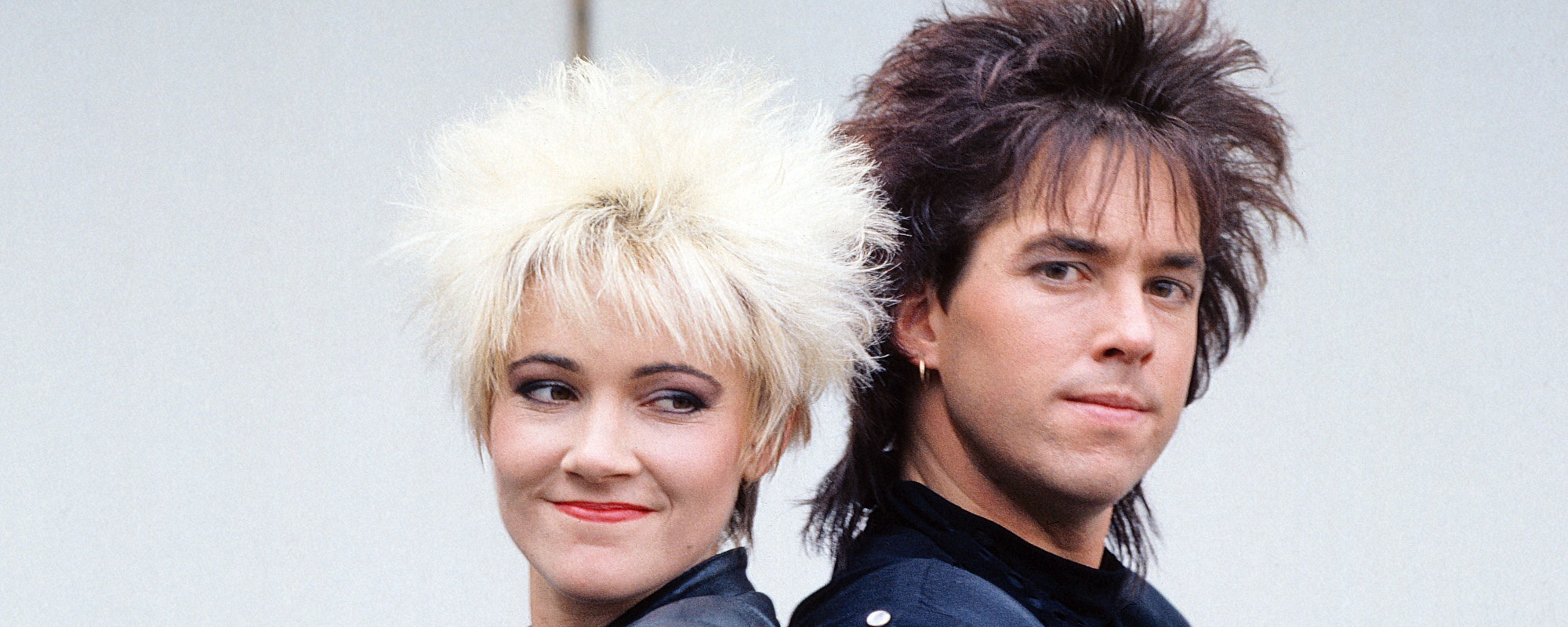
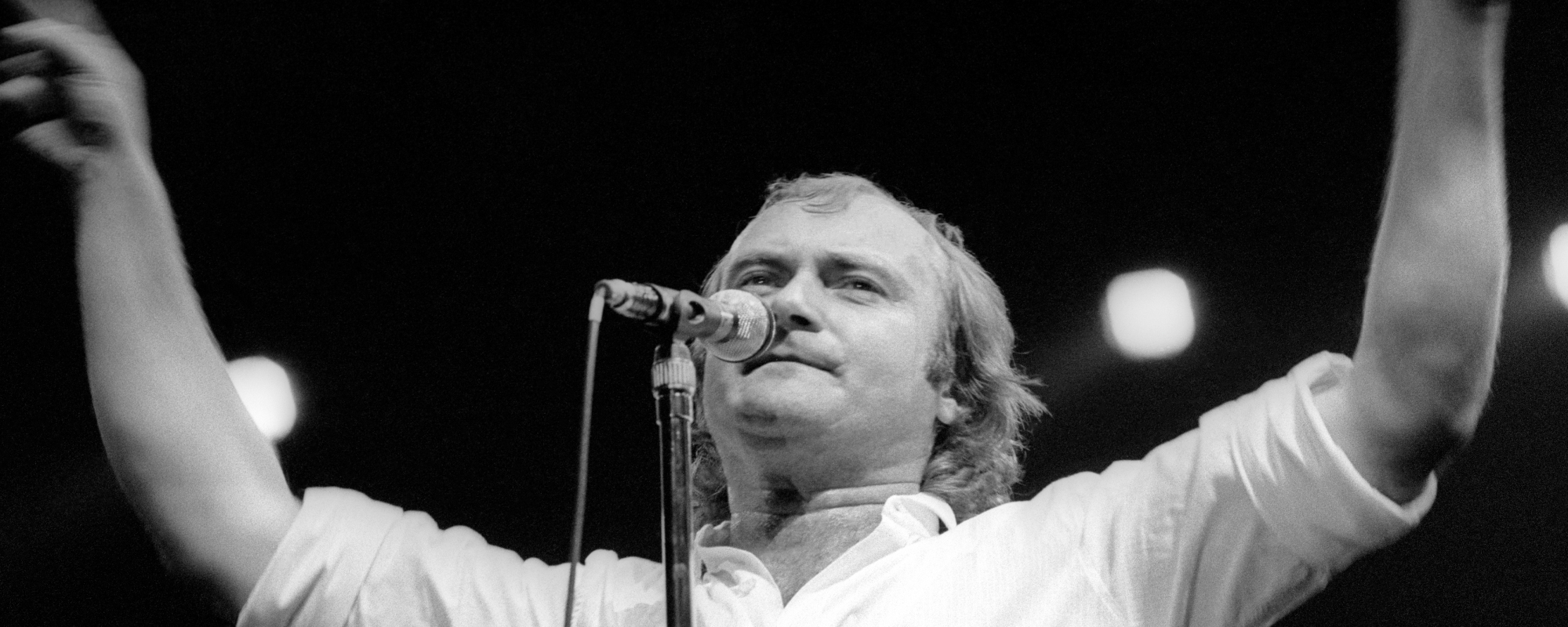
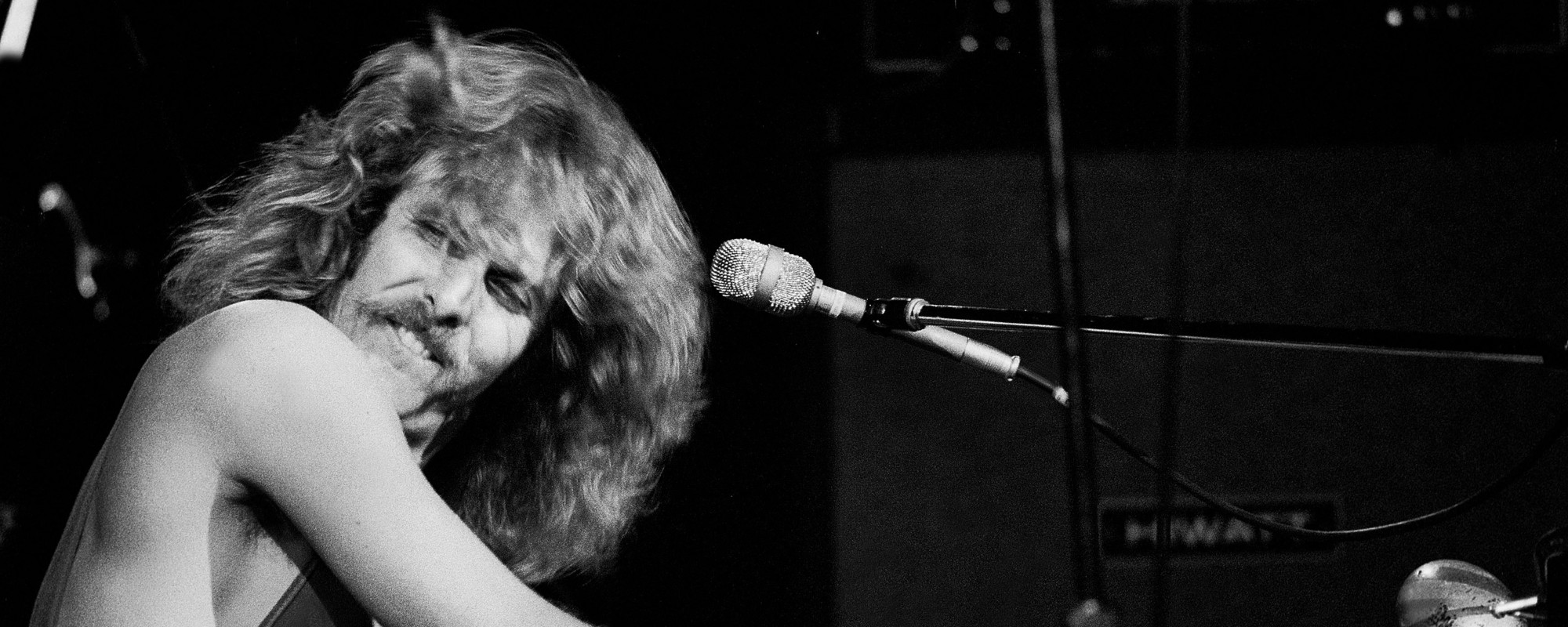







Leave a Reply
Only members can comment. Become a member. Already a member? Log in.